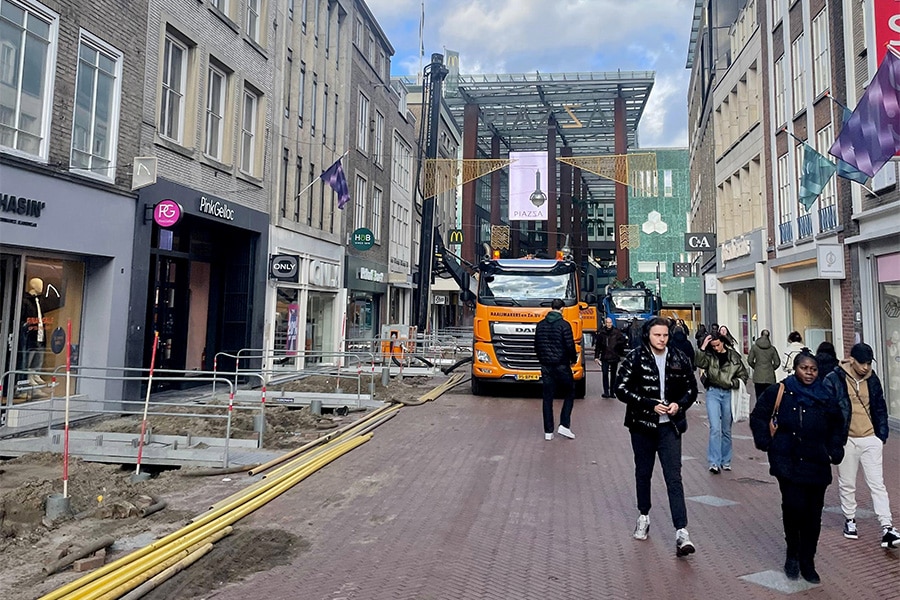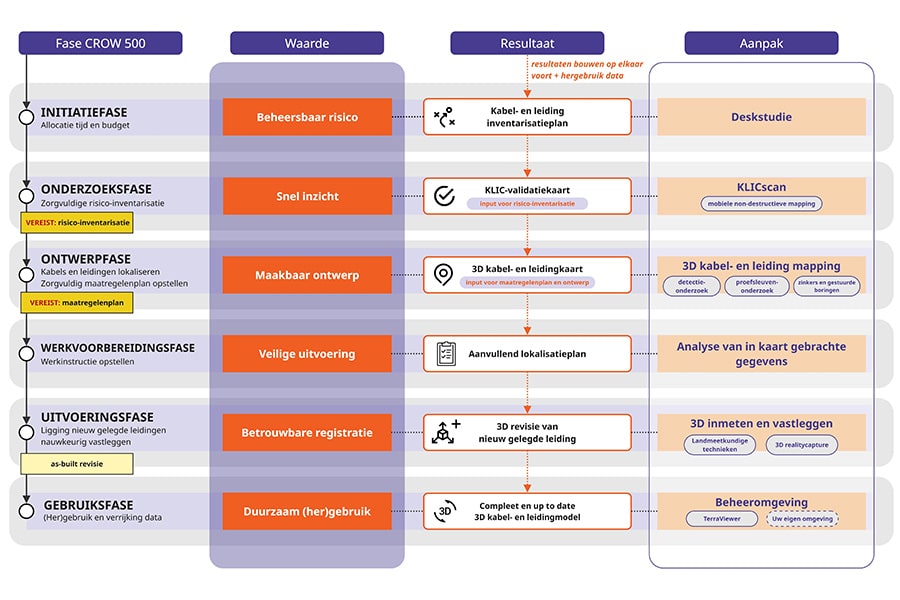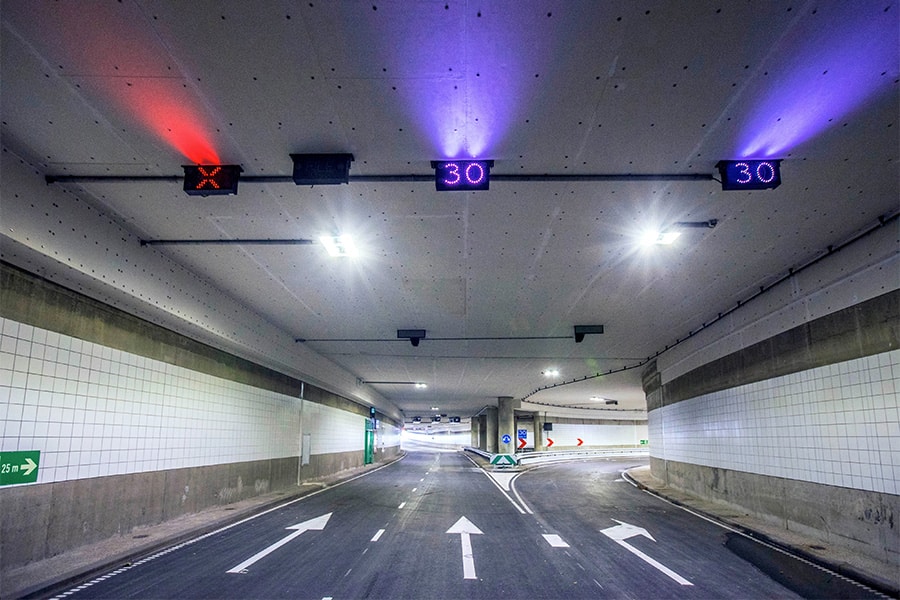
Preventing impermissible electromagnetic interference with underground cables and pipes?
EMC is the abbreviation for Electro Magnetic Compatibility. If a product is Compatible then various electrical and electronic products can function, without loss of properties, side by side. To ensure that no EMC problems occur, EMC requirements have been established. These EMC requirements also apply to underground cables and pipes. In this piece, we take a closer look at the NEN 3654 standard that says something about the influence of high-voltage connections on lines.
SGS Roos+Bijl, part of SGS Netherlands, is a specialist in underground infrastructure and designs technical cable and pipeline networks for distribution and transport and provides guidance during the laying, relocation or removal of cables and pipelines. This often involves specialist calculations including impact calculations. We speak with two specialists in this field: Project Manager Remco van der Wel and Engineer Eric Lorsheijd.
NEN 3654
SGS Roos+Bijl makes influence calculations according to the NEN 3654 standard. Remco explains: "The standard deals with the mutual influence of pipelines and high-voltage systems. High-voltage systems mean high-voltage cables and high-voltage lines. In accordance with the standard, low voltage is considered up to 1000 Volts (1 kV). Above 1000 volts (1 kV) refers to high voltage. The NEN 3654 primarily describes how to determine that pipelines and high-voltage systems adversely affect each other from the point of view of safety and corrosion." The standard uses a number of different steps that are gone through. Both electrical influence and thermal influence are considered.

Electromagnetic field
"Voltage can be applied to a steel pipe line due to a parallel high-voltage connection, as a result of the electromagnetic field," Eric points out. "This electrical influence can result in unsafe situations because touch voltages can occur or damage can occur on nearby installations and pipelines due to AC corrosion." Remco adds: "The degree to which a pipeline is adversely affected increases the longer the parallel runs combined with the distance between the pipeline and the high-voltage connection.
Around a 10 kV high-voltage connection, for example, an electromagnetic field of over 1 km is present on both sides. If pipe lines run parallel to the cable connection here, there may be adverse influence on the pipe lines. This adverse influence takes into account the magnitude of the occurring electrical and thermal influence and its consequences. "This is why it is so important to make influence calculations in advance. This prevents nasty surprises. You then also understand that influence calculations do not only apply to one trench, they apply to the entire zone in which influence can occur due to a high-voltage connection ", says Remco.
Heat generation
Eric: "Another problem that can occur from underground high-voltage cables is heat generation. This heat can cause thermal damage to pipelines in the vicinity of the high-voltage line. In fact, the increased ground temperature can cause damage to the pipeline due to increased coating degradation, increased corrosion rates and thermal stresses. Also, the transported medium can be affected by, for example, bacterial growth."
Detailed calculations
Before making the calculations, a number of factors are inventoried. Eric lists, "You need to know what the ground structure looks like and what the ground resistance is. Is a pipe line coated, or not? If so, what does that coating consist of? What material is the pipe made of? The distance between the cable joint and the outside of the pipeline is important, where you need to know how long they run parallel." Remco adds, "We get a lot of information from the cable operator. There we find out the depth at which the high-voltage cable lies, whether the cables lie in flat plane or a triangle, the length of the cable, the voltage, the current, the short-circuit current and the switch-off time." So a lot of information needs to come from the cable and pipeline operator. Eric: "Working according to the NEN standard means starting broadly with the investigation and using the various steps to see what comes out of 'the funnel' at the bottom. Whereby detailed calculations have to be made."

Simulating piping system
One of the steps is to map/simulate the pipe network. "This includes, for example, the existing couplings, insulation pieces and drainages," Remco explains. "We look at what the maximum allowable stress on the pipeline is. We also consider whether an existing situation may change with the arrival of new cables. We request this information from the relevant pipeline owners. They also check the calculations before the physical implementation can be started. More and more pipeline owners are demanding an influence calculation in advance."
Energy Transition
With the energy transition, influence calculations are increasingly in demand. "Our team is busier than ever with it. We have a wide variety of clients, including grid operators, pipeline owners, contractors, solar farm owners, wind farms... We get requests from all kinds of parties these days to provide calculations for them. Also, a lot of expansion on existing grids is taking place or power grids are in need of replacement. In these cases, too, it must first be demonstrated that the change will not have an adverse effect. This can be done by performing an influence calculation. Even if it is only a partial replacement of an existing connection, this needs to be inventoried again," says Remco. In conclusion, Eric adds, "We are in constant dialogue with pipeline owners in order to perform our calculations as accurately as possible."




